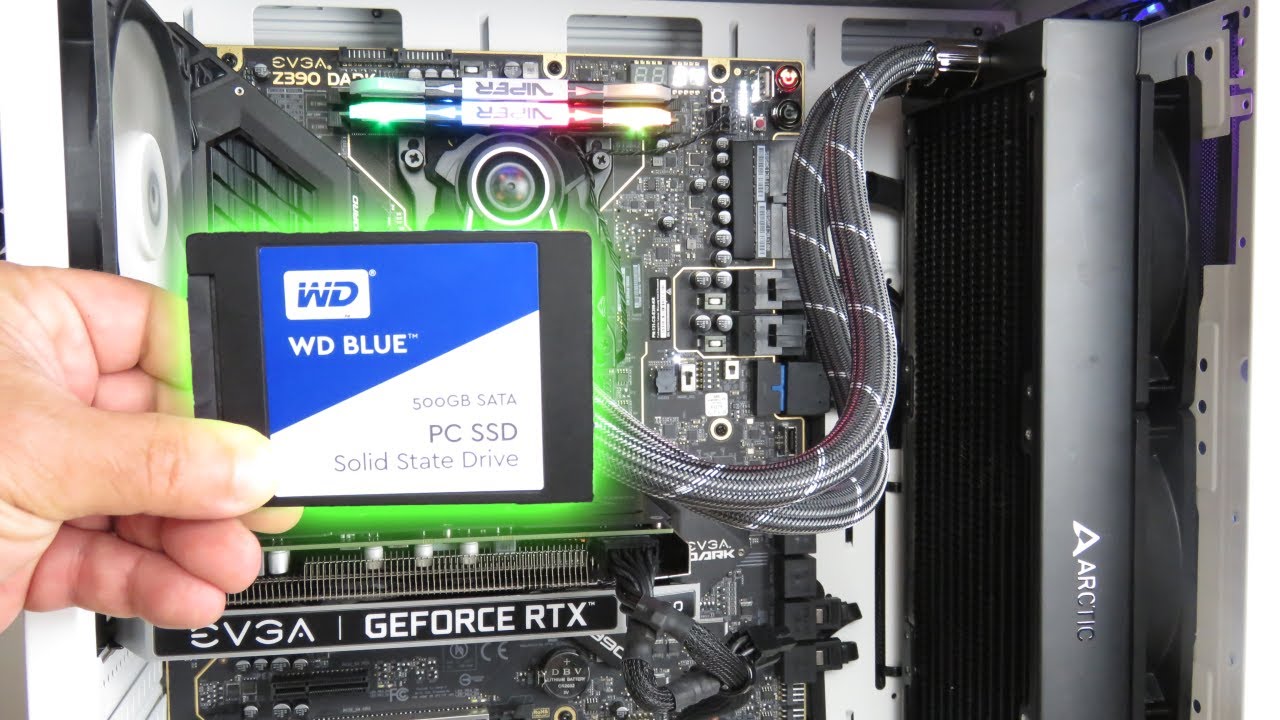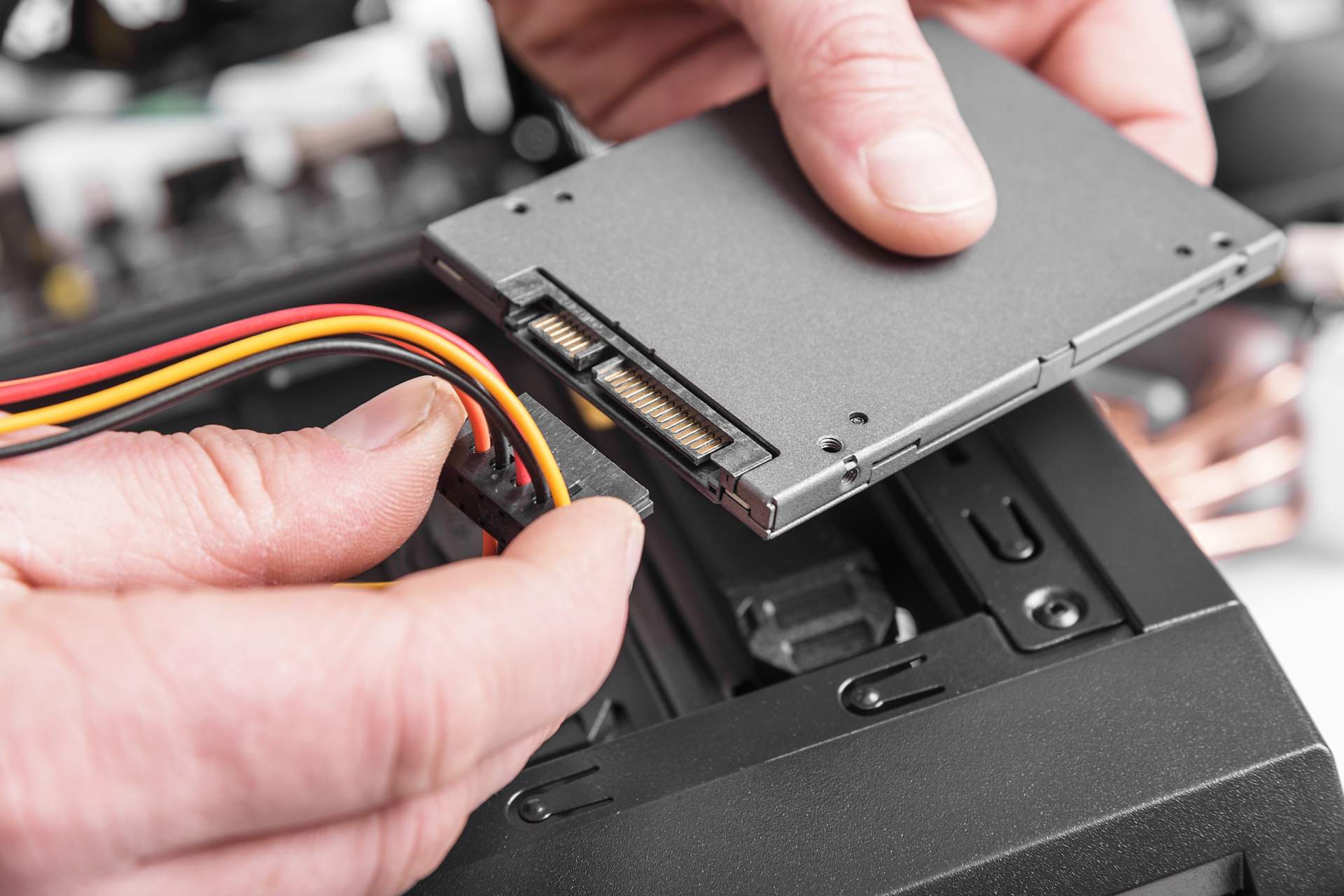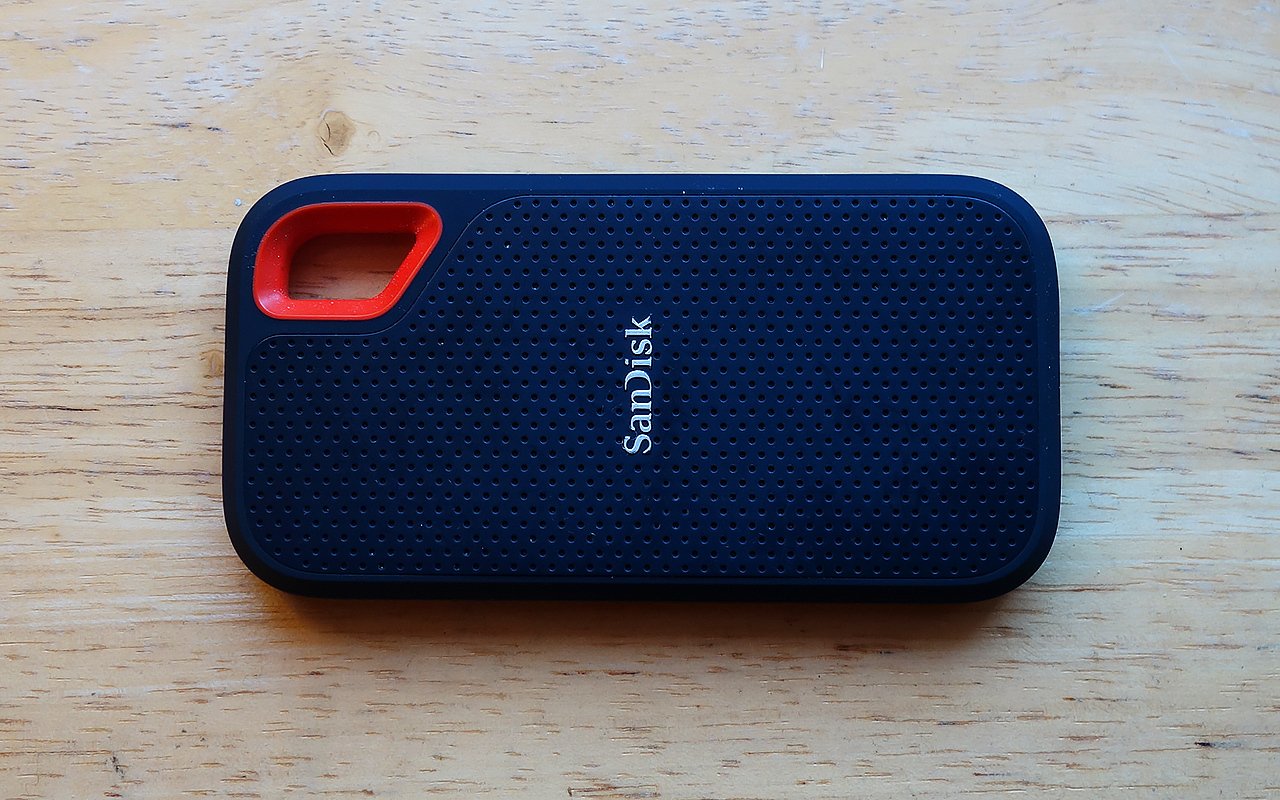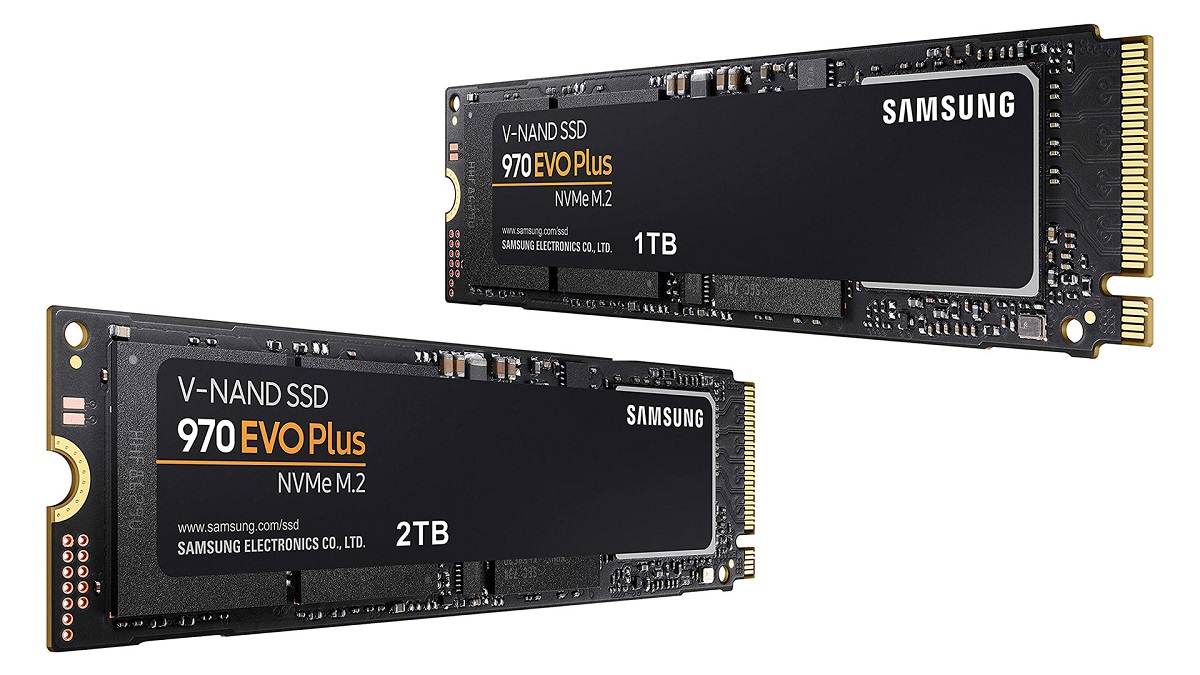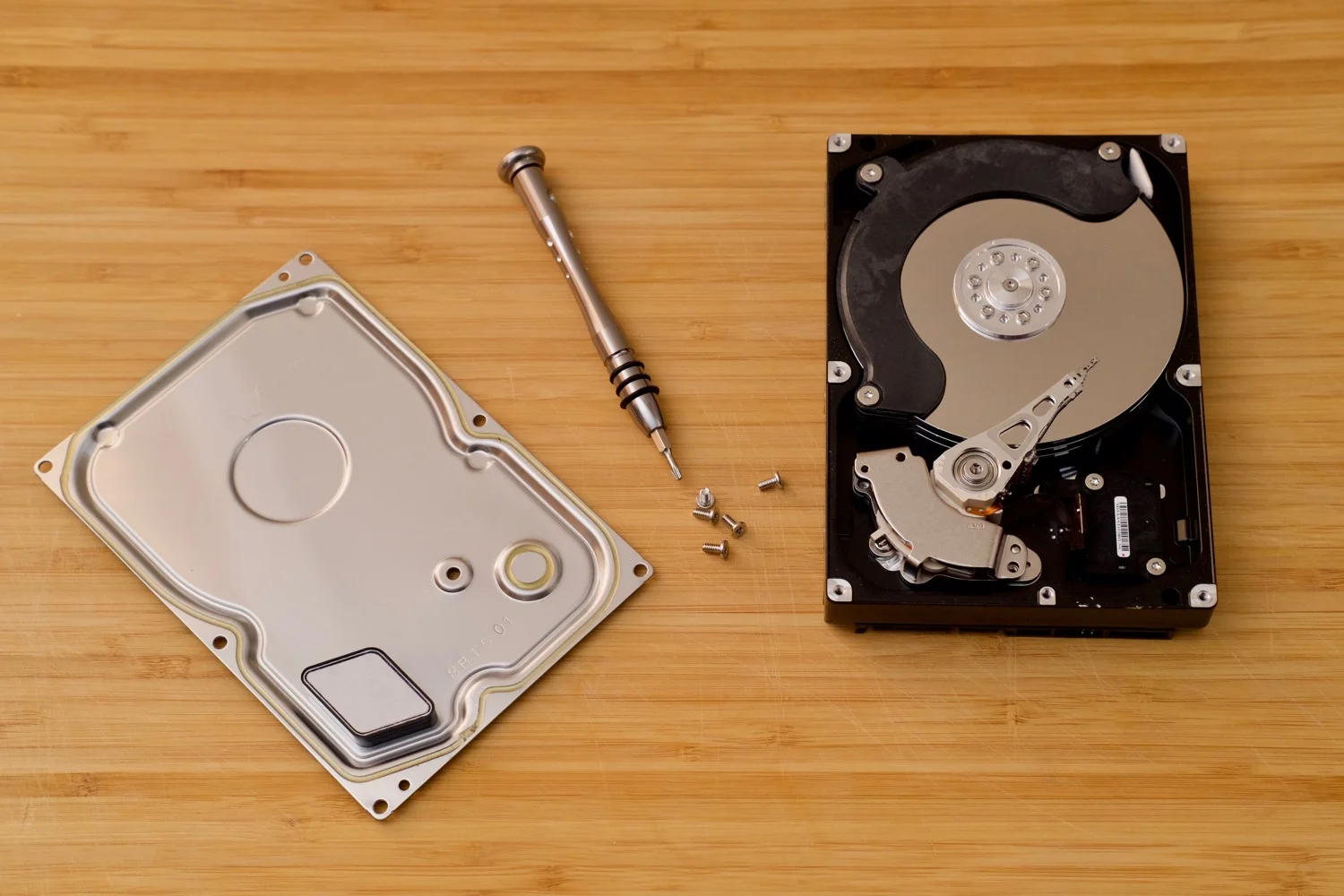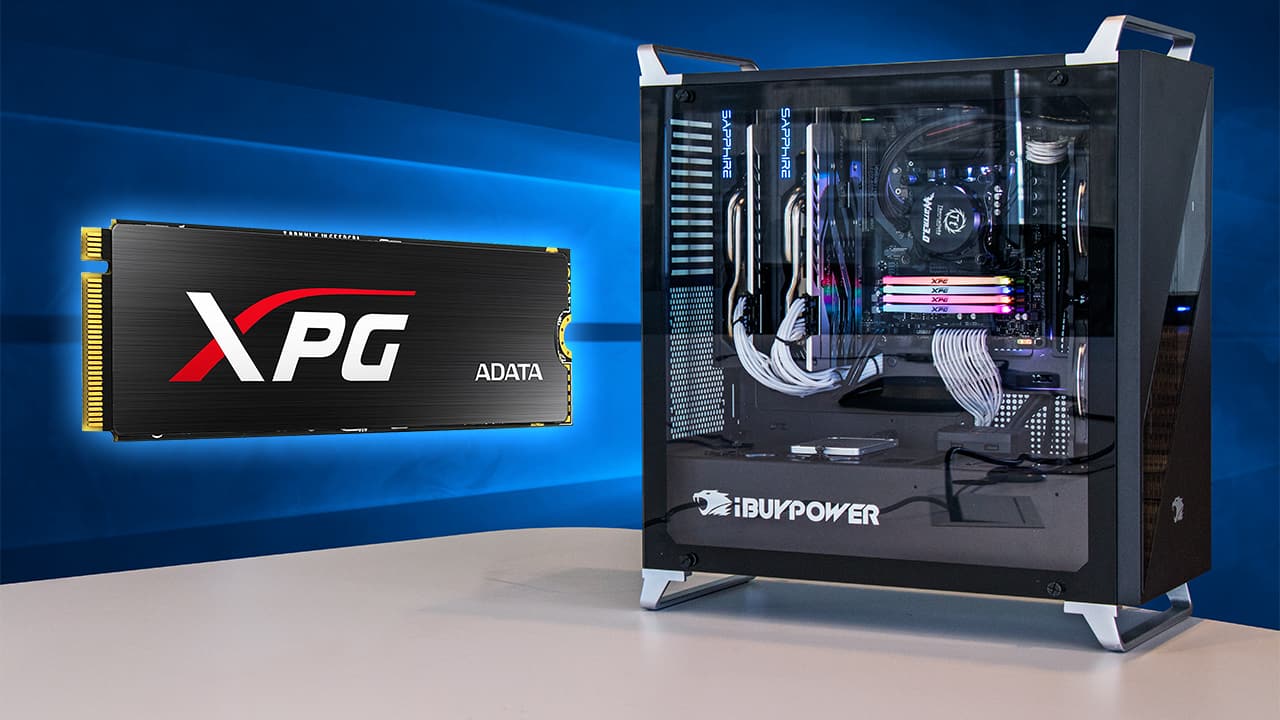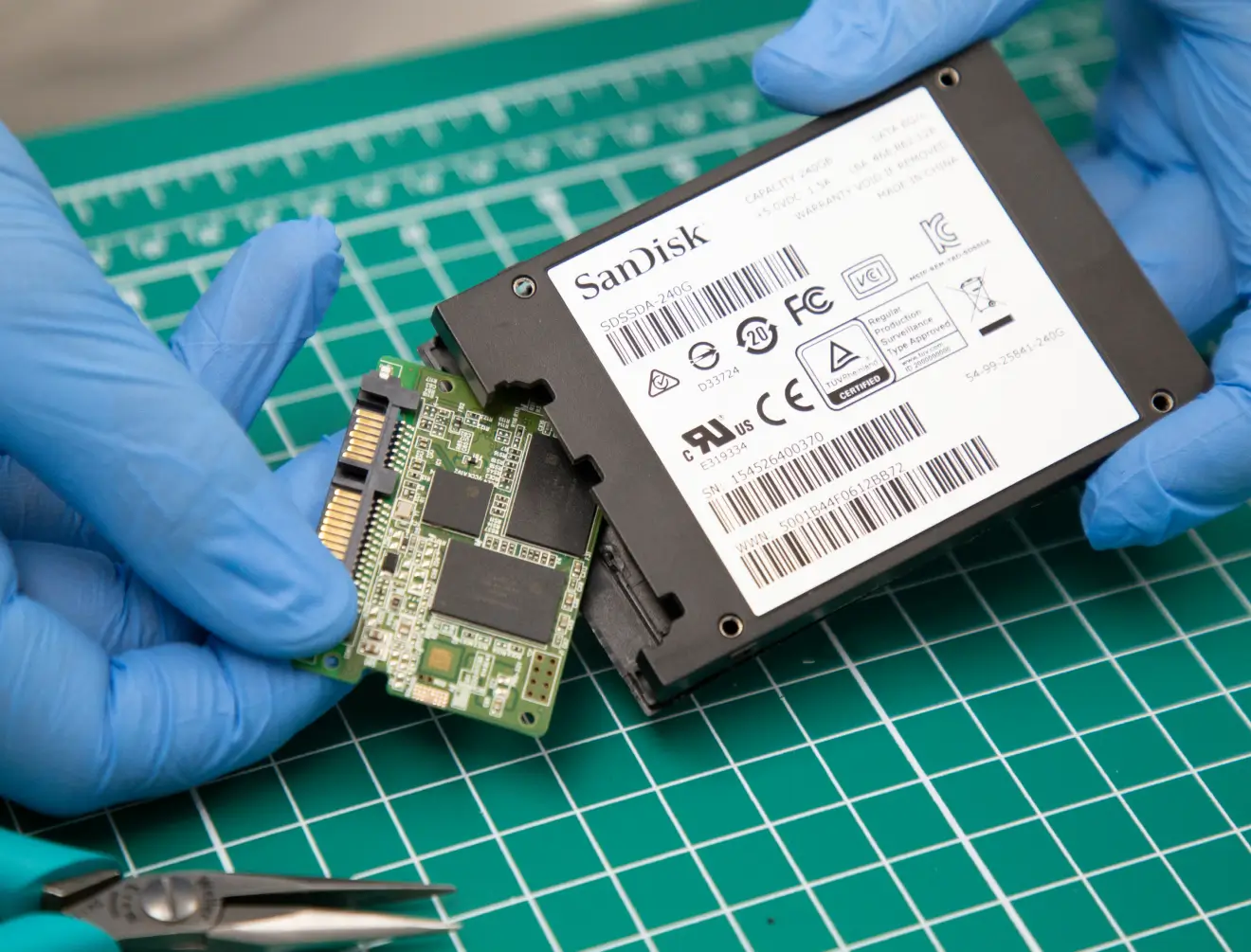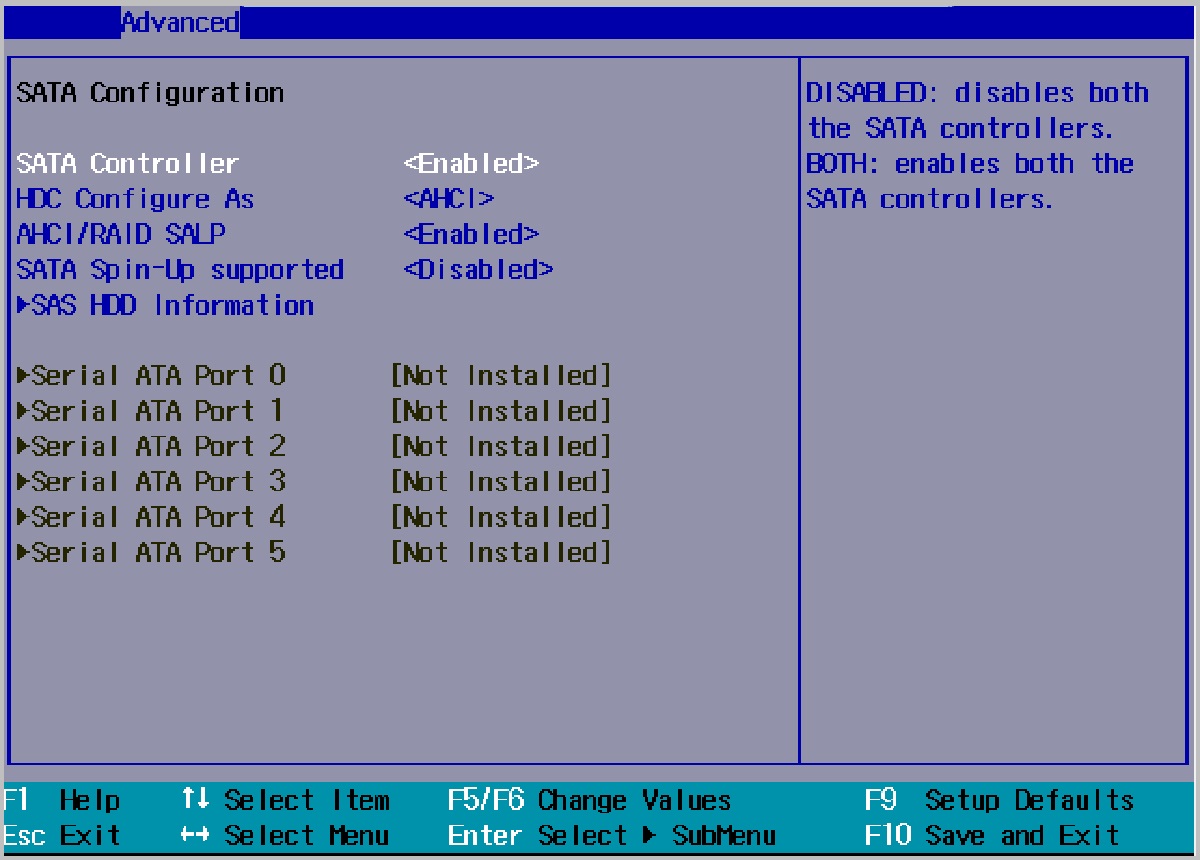Introduction
An SSD (Solid State Drive) is a fast and reliable storage device that has become increasingly popular in modern computers. However, there are times when an SSD may fail to boot up and prevent your computer from starting. This can be a frustrating issue, especially if you rely on your computer for work or personal use.
When an SSD fails to boot, it can be caused by several factors, including hardware connection issues, corrupted boot files, outdated firmware, or even a faulty operating system installation. Fortunately, there are steps you can take to troubleshoot and resolve this issue, getting your SSD back up and running.
This article will guide you through some common causes of SSD not booting and provide practical solutions to help you get your SSD working again. Whether you are a seasoned computer user or a beginner, these troubleshooting tips will help you navigate through the potential issues and restore the functionality of your SSD.
Please note that if your SSD is still under warranty or you have limited technical knowledge, it is recommended to seek professional assistance from a qualified technician or the SSD manufacturer’s support team.
Common causes of SSD not booting
There are several common causes that can prevent an SSD from booting up properly. Understanding these causes can help you troubleshoot and identify the underlying issue. Here are some of the most frequent culprits:
- Loose or faulty hardware connections: Sometimes, a loose or faulty connection between your SSD and the motherboard can hinder the booting process. Ensure that all cables are securely connected and that there are no visible signs of damage.
- Corrupted boot files: Over time, the boot files responsible for starting up your operating system may become corrupted. This can happen due to improper shutdowns, software errors, or malware infections.
- Outdated firmware: Just like any other software, SSD firmware can become outdated. Outdated firmware can lead to compatibility issues and prevent your SSD from booting up.
- Operating system issues: Sometimes, problems with your operating system can prevent the SSD from booting. This can occur due to a faulty installation, incompatible drivers, or conflicts with other hardware or software components.
- Hardware conflicts: Certain hardware configurations can cause conflicts that prevent the SSD from booting up properly. This can occur when incompatible components are installed or when settings in the BIOS are not configured correctly.
- Physical damage: In rare cases, physical damage to the SSD can result in booting issues. This can happen due to mishandling, electrical surges, or manufacturing defects.
Identifying the specific cause of your SSD not booting may require some troubleshooting steps. By understanding these common causes, you can systematically rule out potential issues and find an appropriate solution to get your SSD functioning again.
Solution 1: Verify hardware connections
One of the first steps to take when your SSD is not booting is to ensure that all hardware connections are secure. Loose or faulty connections can hinder the booting process. Here’s how you can verify your hardware connections:
- Power off your computer: Before checking the hardware connections, make sure your computer is powered off and unplugged to prevent any electrical damage.
- Open the computer case: Depending on your computer’s design, you may need to remove screws or slide off panels to access the internal components. Refer to your computer’s manual for specific instructions.
- Locate the SSD and cables: Identify the SSD inside your computer and locate the cables connected to it. There should be data cables (usually SATA cables) and power cables.
- Check the cables: Ensure that all cables connected to the SSD are securely plugged in. Gently wiggle them to make sure there is no loose connection. If any cables appear damaged or faulty, consider replacing them.
- Inspect the SSD and motherboard connections: Examine the connectors on both the SSD and the motherboard for any visible damage. Clean the connectors if necessary, using a soft cloth or brush, to remove any dirt or debris that may be hindering the connection.
- Securely reconnect the cables: Once you have verified the integrity of the cables and connectors, reconnect them firmly to the SSD and motherboard.
- Close the computer case: Securely close the computer case, ensuring all screws or panels are in place.
After verifying and reseating the hardware connections, power on your computer and check if the SSD is now booting correctly. If the issue persists, you can move on to other solutions to troubleshoot the problem.
Solution 2: Check BIOS settings
If your SSD is not booting, incorrect BIOS settings could be the root cause. The BIOS (Basic Input/Output System) is responsible for initializing the hardware components of your computer, including the SSD. Incorrect settings in the BIOS can prevent the SSD from being recognized or properly utilized. Follow the steps below to check and modify the BIOS settings:
- Restart your computer: Save any ongoing work and restart your computer.
- Access the BIOS: During the startup process, look for a specific key or combination of keys to access the BIOS. Common keys include Del, F2, F8, or Esc. Refer to your computer’s manual or the manufacturer’s website for the precise key(s) to press.
- Navigate to the “Boot” menu: Once in the BIOS, navigate to the “Boot” or “Startup” menu using the arrow keys.
- Check the boot order: Ensure that the SSD is listed as the primary boot device. If it isn’t, use the appropriate key(s) to move it to the top of the boot order. This will prioritize the SSD during the boot process.
- Enable “AHCI” mode: If your SSD supports AHCI (Advanced Host Controller Interface), enable this mode in the BIOS settings. AHCI can provide better performance and compatibility for SSDs.
- Save and exit: Once you have made any necessary changes, save the settings and exit the BIOS. This will restart your computer.
After modifying the BIOS settings, check if your SSD is now able to boot correctly. If the issue persists, proceed to the next solution to further troubleshoot the problem.
Solution 3: Repair corrupted boot files
If your SSD is not booting up due to corrupted boot files, you can attempt to repair them using various methods available. Here are some techniques you can try:
- Windows Startup Repair: If you are using Windows, you can use the built-in Startup Repair tool to fix boot-related issues. Boot your computer using a Windows installation media, select the language preferences, and choose the “Repair your computer” option. From there, follow the prompts to initiate the Startup Repair process.
- Command Prompt: Another option is to use the Command Prompt to manually repair the boot files. Boot your computer using a Windows installation media, select the language preferences, and choose the “Repair your computer” option. Then, select Command Prompt and run commands such as “bootrec /fixboot” or “bootrec /rebuildbcd” to repair the boot files.
- Bootable USB/DVD tools: There are several third-party tools available that can help repair corrupted boot files. You can create a bootable USB/DVD using tools like Rufus or WinToUSB, and then use them to run diagnostics and repair utilities specific to your SSD or operating system.
- Restore from a system image: If you have a recent system image backup, you can restore your SSD to a point when it was working properly. Boot your computer using a Windows installation media, select the language preferences, and choose the “Repair your computer” option. Then, select “System Image Recovery” and follow the on-screen instructions.
- Professional data recovery software: In severe cases, where the boot files are severely corrupted or inaccessible, you may need to use professional data recovery software. These tools can help you recover data from the SSD and repair the boot files simultaneously.
It’s important to note that repairing corrupted boot files can be a complex process, and it may not always be successful. If all else fails, you may need to consider reinstalling the operating system or seeking assistance from a professional technician.
Solution 4: Update SSD firmware
If your SSD is not booting, outdated firmware could be the culprit. SSD manufacturers regularly release firmware updates to improve performance, fix bugs, and enhance compatibility. Updating the firmware of your SSD can help resolve issues and ensure optimal performance. Here’s how you can update your SSD’s firmware:
- Identify the SSD model: Determine the exact model of your SSD. You can find this information on the SSD itself or by checking your computer’s specifications or the manufacturer’s website.
- Check for firmware updates: Visit the manufacturer’s website and search for the support section or downloads page. Look for firmware updates specifically designed for your SSD model.
- Backup your data: Before proceeding with any firmware update, it’s crucial to back up your data. Firmware updates have the potential to cause data loss or system instability.
- Follow the manufacturer’s instructions: Download the firmware update software provided by the manufacturer. Carefully read and follow the instructions provided in the documentation to ensure a successful firmware update.
- Run the firmware update: Open the firmware update software and follow the on-screen prompts to initiate the update process. Make sure your computer is connected to a stable power source during the update.
- Verify firmware update: After the firmware update is complete, restart your computer and check if the SSD is now booting up properly. You can check the updated firmware version in your computer’s BIOS or SSD management software.
Updating the firmware of your SSD can help address compatibility issues, improve stability, and potentially resolve booting problems. However, it is important to note that firmware updates can be sensitive and require careful execution. If you are unsure or uncomfortable performing the update yourself, seek assistance from the SSD manufacturer’s support team or a qualified technician.
Solution 5: Restore from backup
If you have a recent backup of your SSD, restoring from that backup can be an effective solution to fix booting issues. A backup contains a snapshot of your SSD’s data and settings, allowing you to revert to a known working state. Here’s how you can restore your SSD from a backup:
- Identify your backup source: Determine where your backup is stored. It could be an external hard drive, a cloud storage service, or a network location.
- Boot your computer using a recovery media: If your SSD is not booting at all, you may need to create and boot from a recovery media such as a USB drive or a DVD. This will vary depending on your operating system. Refer to your operating system documentation for instructions on creating a recovery media.
- Select the restore option: Once you have booted from the recovery media, select the option to restore your SSD from a backup. The options and steps will differ depending on the backup software you are using.
- Select the backup: Choose the specific backup from which you want to restore your SSD. It is recommended to choose the most recent backup to ensure that your data is up to date.
- Follow the prompts to restore: Depending on the backup software, you may have the option to restore everything or select specific files and folders. Follow the prompts and select the appropriate restore settings.
- Start the restore process: Begin the restore process and wait for it to complete. This may take some time depending on the size of the backup and the performance of your system.
- Restart your computer: Once the restore process is finished, restart your computer and check if your SSD is now booting up properly.
Restoring your SSD from a backup can help you revert to a working configuration and resolve booting issues caused by software or system changes. However, ensure that your backup is up to date and contains the necessary data before proceeding with the restore process.
Solution 6: Reinstall operating system
If none of the previous solutions have resolved the issue and your SSD is still not booting, reinstalling the operating system may be necessary. This solution involves formatting the SSD and performing a fresh installation of the operating system. Here’s how you can reinstall the operating system:
- Create a bootable installation media: Obtain a bootable installation media for your operating system. This can be a USB drive or a DVD with the installation files. Refer to your operating system’s documentation or website for instructions on creating a bootable installation media.
- Backup your data: Before proceeding with the reinstallation, it is important to back up any important data on your SSD. This process involves formatting the SSD, which will result in data loss.
- Boot from the installation media: Connect the bootable installation media to your computer and restart it. Enter the BIOS settings and set the boot priority to the installation media. Save the changes and restart your computer.
- Follow the installation wizard: Once the computer boots from the installation media, follow the prompts on the screen to initiate the installation process. Select the appropriate settings and options based on your preferences and requirements.
- Format the SSD and install the operating system: During the installation process, you will be prompted to select a destination drive for the operating system installation. Choose your SSD and proceed with the formatting and installation process.
- Complete the installation: After the operating system is installed, continue following the prompts to set up your preferences, create user accounts, and install necessary drivers and applications.
- Update the operating system and drivers: Once the installation is complete, ensure that you update the operating system and drivers to the latest versions. This can help ensure compatibility and improve performance.
- Restore your data from the backup: After reinstalling the operating system, restore your data from the backup you created earlier.
Reinstalling the operating system can be time-consuming and may require reconfiguring settings and reinstalling applications. However, it can help resolve persistent booting issues caused by software conflicts, corrupted files, or system errors.
Conclusion
Experiencing issues with an SSD not booting can be frustrating, but with the right troubleshooting steps, you can often resolve the problem and get your computer back up and running smoothly. In this article, we have explored several solutions to help troubleshoot and fix SSD booting issues.
First, we discussed the common causes of SSD not booting, including loose hardware connections, corrupted boot files, outdated firmware, operating system issues, hardware conflicts, and physical damage. Understanding the root cause of the problem is crucial for effectively addressing it.
We then explored a variety of solutions to tackle each specific cause. Verifying hardware connections, checking and modifying BIOS settings, repairing corrupted boot files, updating SSD firmware, restoring from a backup, and reinstalling the operating system are all potential solutions to consider based on the particular situation.
It is important to note that these solutions might not always be successful, and in some cases, professional assistance may be required. If you are unsure or uncomfortable performing any of the troubleshooting steps, it is advisable to reach out to a qualified technician or the SSD manufacturer’s support team for further guidance.
Remember to back up your important data regularly to mitigate the risk of data loss during troubleshooting or reinstallation processes. Additionally, keeping your SSD firmware up to date and maintaining a clean and secure operating system environment can help prevent booting issues in the future.
By following the solutions outlined in this article, you can increase the chances of resolving SSD booting issues and restore the functionality of your SSD. A well-functioning SSD will not only ensure a smooth booting process but also provide faster and more reliable performance for your overall computing experience.







